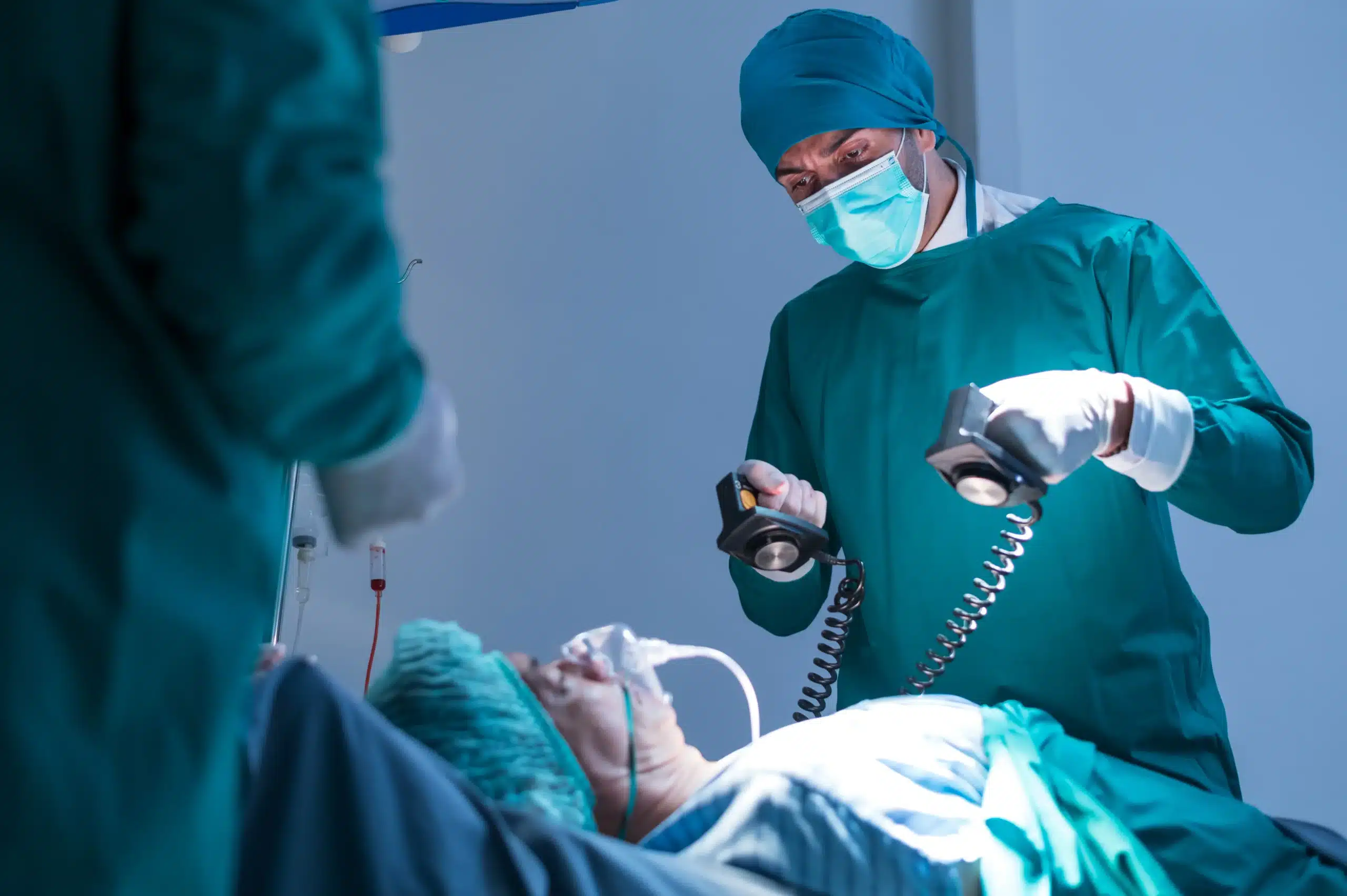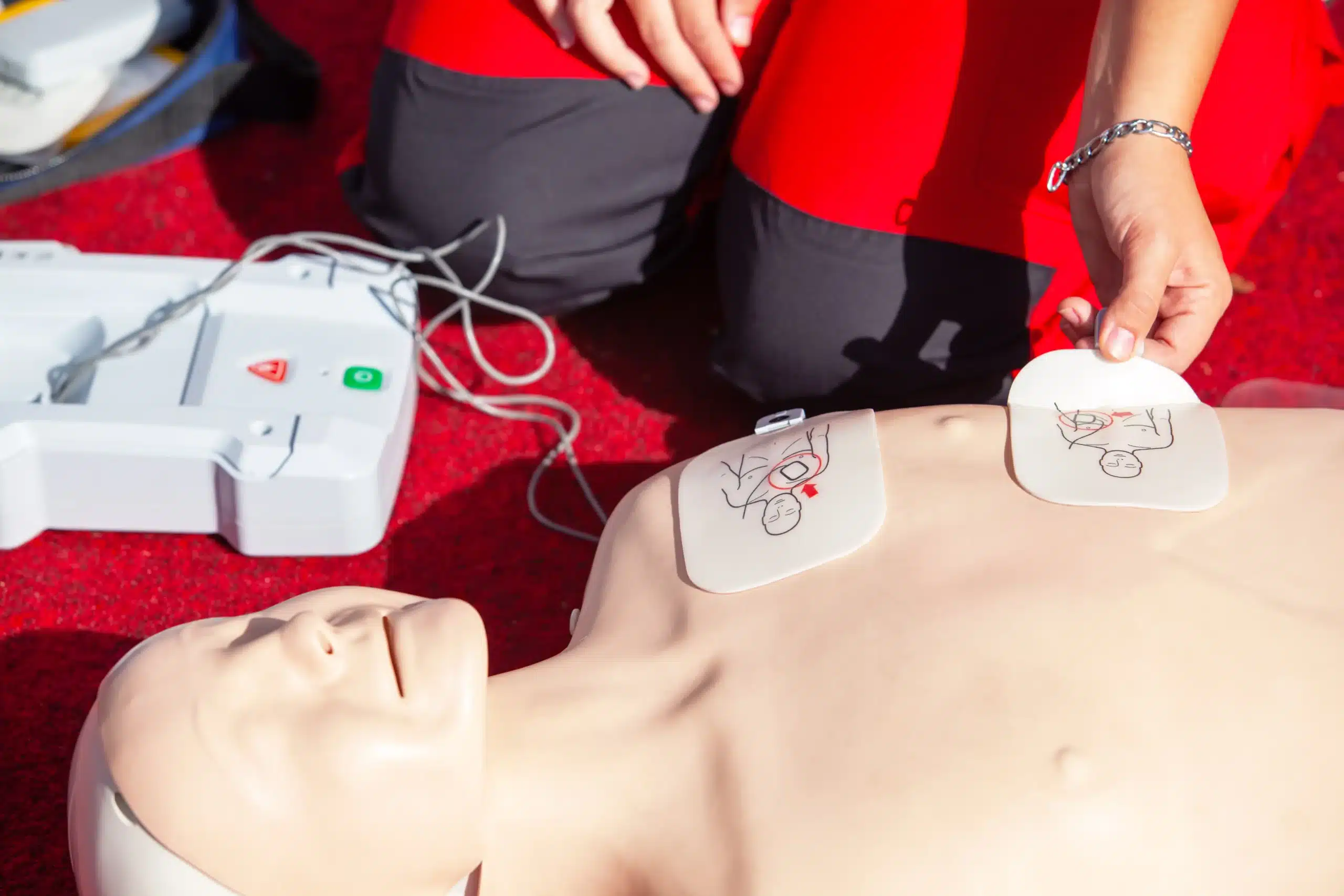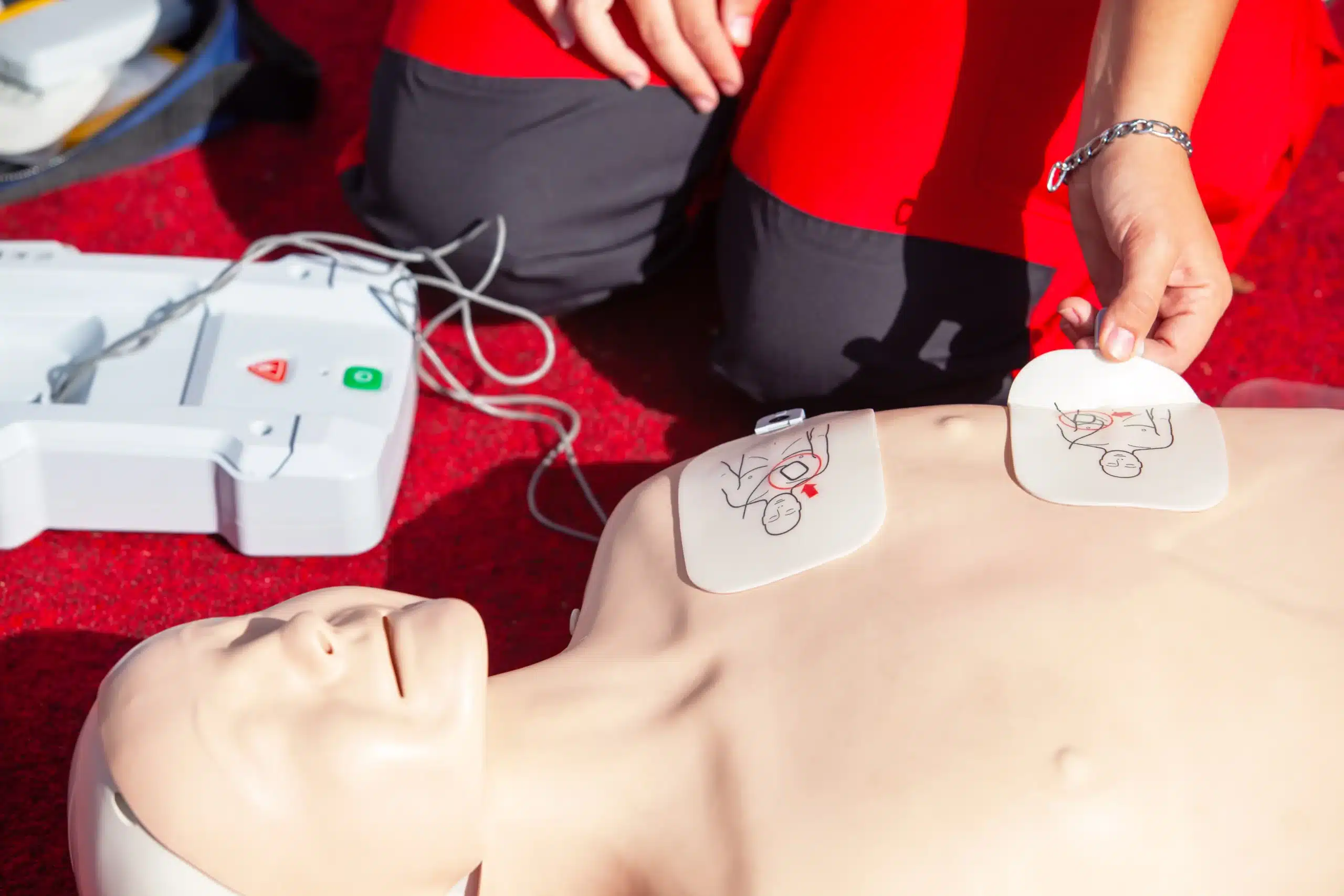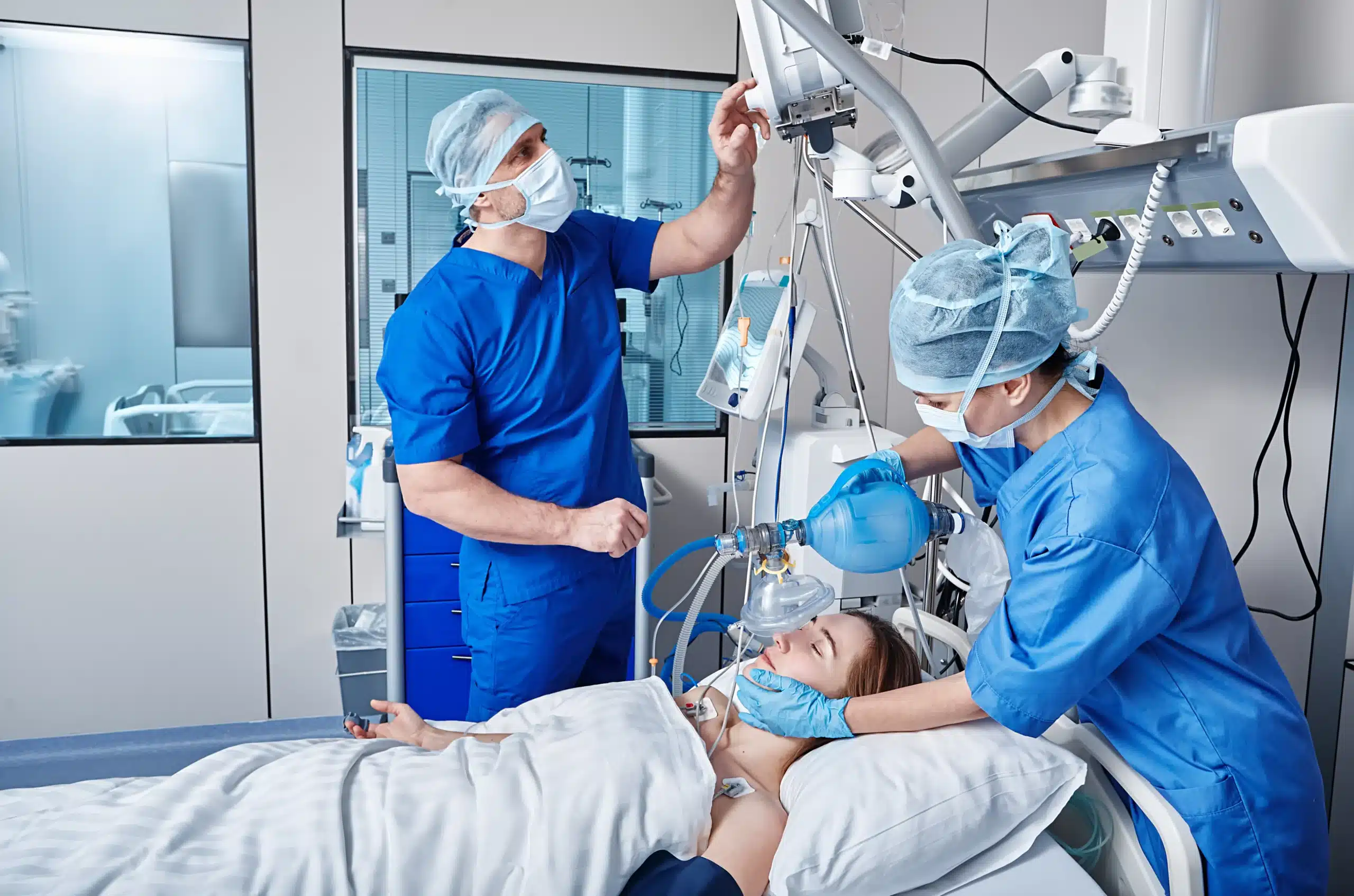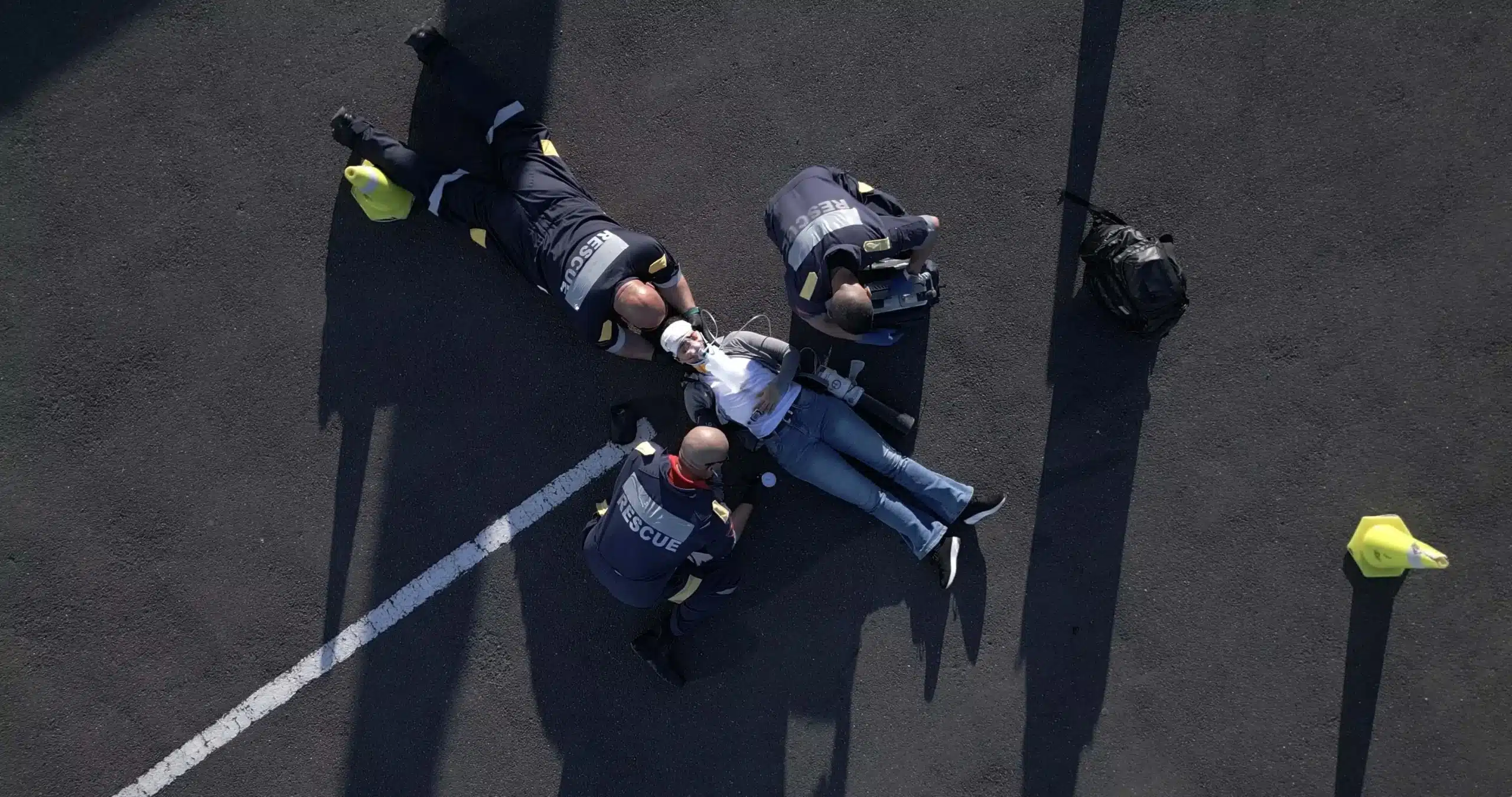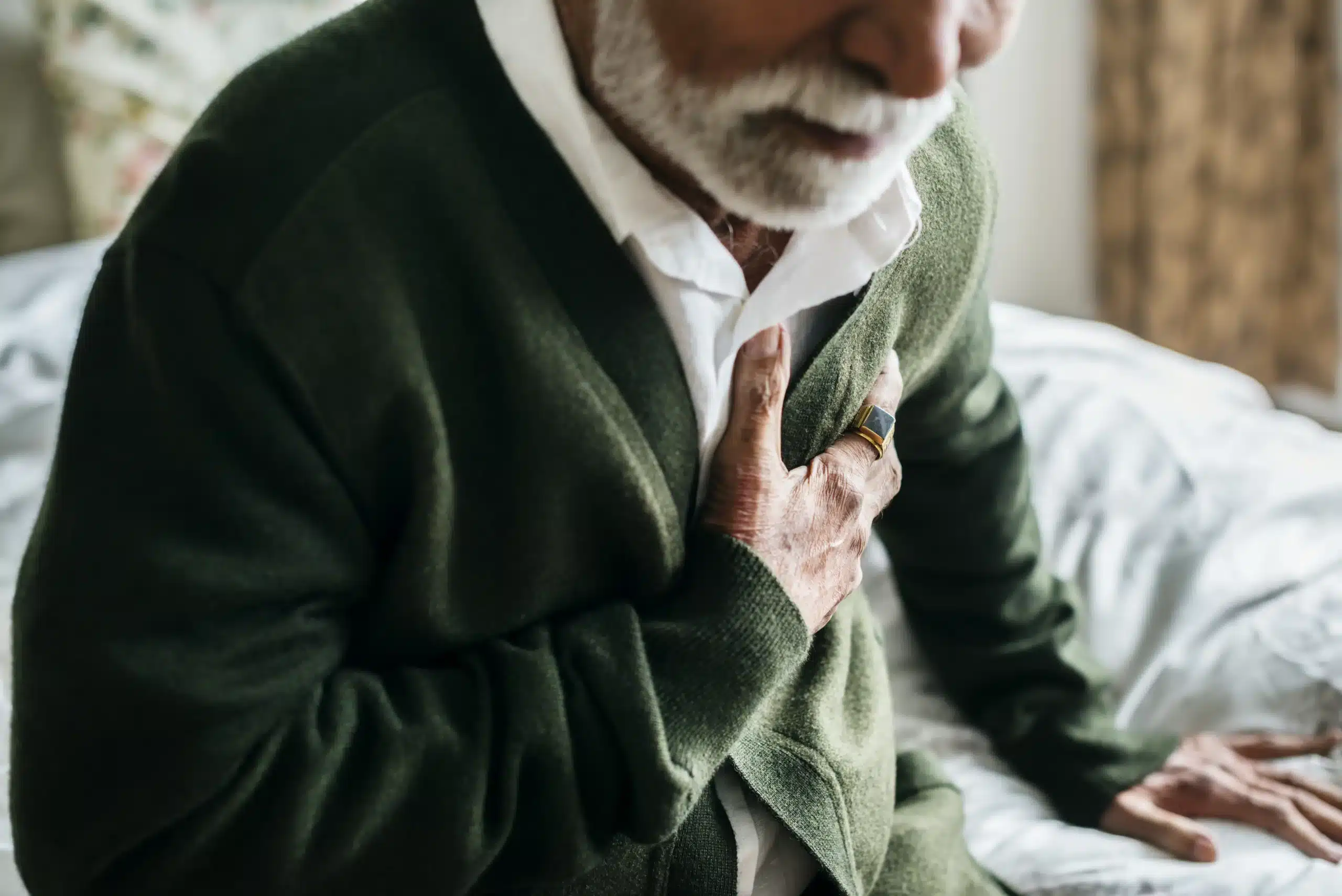Life with kids is full of surprises, and not all of them are pleasant. Accidents happen, and knowing how to respond in a medical emergency can be the difference between a scary moment and a tragic one. Pediatric CPR and first-aid in Hayward training equips you with the skills to handle a wide range of situations, from minor injuries to life-threatening emergencies. This article will walk you through the essential aspects of finding the right training in Hayward, including course types, local providers like San Leandro CPR Classes, certification details, and the invaluable benefits of being prepared. We’ll also address common questions and concerns, helping you feel confident in your ability to protect the children you care for.
Key Takeaways
- Be prepared for pediatric emergencies: Learning pediatric CPR and first aid equips you with the skills to respond effectively to situations like choking, allergic reactions, and injuries in children.
- Find a course that fits your needs: Consider factors like location, schedule, cost, and course content when selecting a pediatric CPR and first-aid class. Look for reputable providers offering hands-on training and recognized certifications.
- Invest in your skills and the safety of children: Gain confidence and peace of mind knowing you can provide immediate care in a crisis. Maintain your skills by renewing your certification regularly.
What is Pediatric CPR and First-Aid in Hayward?
Pediatric CPR and first-aid training gives you the skills to respond to medical emergencies involving children. Think choking, allergic reactions, or other sudden incidents where knowing what to do can make all the difference. It’s about equipping parents, caregivers, and anyone who works with children with the confidence to act quickly and effectively in a crisis.
These courses cover CPR techniques adapted for infants and children, which differ significantly from adult CPR. You’ll also learn how to use an AED (automated external defibrillator) on a child. Beyond CPR, the first-aid portion of the training addresses common childhood injuries and illnesses. You’ll learn how to handle cuts, burns, fevers, and other situations requiring immediate attention, providing basic medical care until professional help arrives. These certifications are often required for childcare providers in California and are valuable for anyone responsible for a child’s well-being. Several organizations, including the American Heart Association, offer Pediatric first-aid, CPR, and AED classes that meet California’s Emergency Medical Services Authority (EMSA) requirements, offering flexibility to find a class that fits your schedule.
Find Classes and Providers
Types of Pediatric CPR and First-Aid Courses
Pediatric CPR and first aid require specific techniques. Adaptations for infants and children are crucial for effective emergency care, and they differ significantly from adult CPR. It’s important to find a course covering both CPR and first aid, as these skills often go hand-in-hand in pediatric emergencies. The EMSA 8-hour Pediatric First Aid CPR AED course is one example of a comprehensive program designed to equip participants with the skills to respond to emergencies involving children. Look for courses that align with recognized guidelines, such as those from the American Heart Association, to ensure you’re learning the most up-to-date and effective procedures. Knowing how to perform CPR and administer first aid to a child could make all the difference in a critical situation.
Local Training Providers
Finding the right training provider is just as important as choosing the right course. Here are a few options in the San Leandro, Hayward, and Union City area:
San Leandro CPR Classes
San Leandro CPR Classes offers a range of certifications, including pediatric CPR and first aid. They also offer other courses like BLS and have options for group discounts. Be sure to check their website for their low price guarantee. They are committed to providing high-quality training at an accessible price. For those looking for expedited certification, they also offer the RQI program.
CPR Education
CPR Education provides CPR and first-aid training in Hayward and the surrounding areas, including dedicated pediatric courses. They offer various courses and schedules to accommodate different needs and preferences.
In Home CPR
In Home CPR brings the training to you, offering certifications in CPR (including infant and child CPR), first aid, BLS, and ACLS at your home or business. This convenient option can be especially helpful for busy parents or groups. This personalized approach allows for a more focused and comfortable learning environment.
CPR Training Center
The CPR Training Center in Hayward offers a comprehensive Pediatric CPR, AED, and First Aid class that meets California’s EMSA requirements. They focus on providing practical skills and knowledge to handle pediatric emergencies effectively.
Heart CPR
Heart CPR offers certification courses that meet California’s Emergency Medical Services Authority (EMSA) requirements for pediatric first aid, CPR, and AED use. They emphasize the importance of quick and appropriate responses in critical situations involving children. You can contact San Leandro CPR Classes for more information about their courses and offerings.
Course Details and Certification
This section covers the specifics of pediatric CPR and first-aid certification courses in Hayward, including cost, duration, and the certification process. Understanding these details will help you choose the right course for your needs.
Costs and Duration
Knowing the typical costs and time commitment upfront helps you budget and plan accordingly.
Price Ranges
CPR class costs around Hayward vary based on several factors. The type of course, the training organization, and any special offers will all influence the final price. Basic CPR and first-aid training are generally the most affordable options. More specialized courses like the American Heart Association’s BLS certification may have higher price points. Check directly with providers like San Leandro CPR Classes for their most up-to-date pricing. Often, you can find this information on their website.
Class Lengths
Class lengths depend on the depth of the material covered. A combined pediatric first-aid, CPR, and AED course covering adult and child CPR might take approximately four hours. More comprehensive courses, like the eight-hour EMSA Pediatric First Aid CPR AED course, provide more extensive training.
Discounts
Many training centers offer discounts, which can make training more accessible. Check with providers like San Leandro CPR Classes about their group discounts if you’re registering with a group. Learning alongside friends, family, or colleagues can also enhance the learning experience.
Get Certified
This section outlines the steps to become certified and how to maintain your certification.
Certification Steps
Getting certified in pediatric CPR and first aid involves learning essential skills to respond to medical emergencies affecting children, such as choking or sudden allergic reactions. Training typically combines instruction and hands-on practice in CPR techniques, first aid for common childhood injuries and illnesses, and how to use an AED.
How Long is Certification Valid?
Upon successful completion of a certified course like the Heartsaver Pediatric First Aid CPR AED course, you’ll receive a course completion card valid for two years. This certification is widely recognized and signifies your preparedness to assist children during medical emergencies.
Renewing Your Certification
Keeping your certification current is crucial for maintaining your skills and knowledge. Renewal courses are readily available and are often shorter than the initial certification course. When it’s time to recertify, check with local providers or contact San Leandro CPR Classes to find a renewal course near you. They can guide you through the recertification process.
Instructor Expertise and Course Content
Knowing your instructor’s background and the specifics of what you’ll learn can help you choose the right pediatric CPR and first-aid class. It’s important to feel confident in your instructor’s abilities and the material covered.
Instructor Qualifications
At San Leandro CPR Classes, our instructors are experienced medical or emergency response professionals. This means you’re learning from people with real-world experience, not just textbook knowledge. They can offer valuable insights and answer your questions based on their practical experience. For more information about our instructors, contact us.
Pediatric CPR Techniques
Pediatric CPR and first aid require specific techniques. Infants and children aren’t just smaller adults—their bodies require a different approach in emergencies. Learning these adaptations is crucial for providing effective care. For example, the depth of compressions and rescue breaths differs significantly between adults and children. Our BLS course covers these essential differences.
First-Aid for Children and Infants
Pediatric first-aid training equips you with the skills to respond quickly if a child in your care experiences a medical emergency. From choking to sudden allergic reactions, you’ll learn how to assess the situation and provide appropriate care until professional help arrives. This knowledge can make a real difference in a critical moment. Contact us to learn more about our pediatric first-aid courses.
Hands-On Practice
Our pediatric CPR and first-aid courses aren’t just lectures. They include hands-on practice with mannequins and other training equipment. This practical experience helps you become comfortable and confident in your skills. After all, in an emergency, you’ll need to react quickly and effectively. For details about our hands-on training, reach out to our team.
Choose the Right Class
Finding the right pediatric CPR and first-aid class involves a few key steps. Take your time and do your research—it’s worth it to find the best fit for you.
Assess Your Needs
Before you start searching for a class, think about why you’re taking it. Are you a parent or grandparent wanting to be prepared for emergencies at home? Are you a childcare provider needing certification for your job? Or are you a medical professional looking to refresh your skills? Pediatric CPR and first aid require specific techniques, and understanding your needs will help you choose the right course. Adaptations for infants and children are crucial, as they differ significantly from adult CPR.
Compare Courses
Once you know what you’re looking for, start comparing courses. Hayward offers a variety of training options. Look at what each course covers. Some might focus solely on CPR, while others include a more comprehensive approach to first aid. Also, check if the course offers American Heart Association certification, like those offered by San Leandro CPR Classes, which ensures your training meets nationally recognized standards. Consider different course formats too—online, in-person, or blended learning—to fit your schedule and learning preferences. San Leandro CPR Classes even offers discounts for group classes.
Check Schedules
CPR and first-aid training (and renewal certifications) can easily be arranged near you. See what works best with your availability. Do you need a weekend class? An evening option? Many providers offer flexible scheduling to accommodate busy lifestyles. Browse available dates and times to find a class that fits your calendar. You can often find schedule information directly on the provider’s website.
Consider Location
Finally, think about location. Choose a training location that’s convenient for you. If you’re taking an in-person class, factor in travel time and parking. Look for AHA-accredited providers with experienced instructors, comprehensive course content, and flexible scheduling options like blended learning or on-site group training. For those in the San Leandro, Hayward, or Union City area, consider checking out San Leandro CPR Classes. They offer an RQI program for expedited certification and have a low price guarantee. Any questions? Don’t hesitate to contact them; they’re happy to help!
Participant Experiences and Benefits
Learning pediatric CPR and first aid isn’t just about acquiring a skill; it’s about gaining confidence and peace of mind. Knowing you can respond effectively in a crisis can make a real difference, both personally and professionally.
Past Participant Feedback
Students who have taken pediatric CPR and first-aid courses often share positive experiences. One participant described their instructor as “knowledgeable and experienced,” making the class both fun and informative. This kind of feedback highlights the importance of a comfortable learning environment led by a skilled instructor. Check out reviews on sites like Yelp to see what other students are saying.
Respond to Emergencies
Emergencies involving children can happen anytime, anywhere. Pediatric CPR and first-aid training gives you the skills to respond quickly and effectively. Whether it’s choking, a sudden allergic reaction, or an injury, you’ll be prepared to provide immediate care while waiting for professional medical help. Learn more about how these skills can help you handle emergencies.
Confidence in Childcare
For childcare providers, pediatric CPR and first-aid certification is often a requirement. Courses, such as those offered by Heart CPR, align with California’s Title 22 requirements, ensuring you meet the necessary standards. More importantly, this training gives you the confidence to handle emergencies and create a safe environment for the children in your care.
Professional Development
Adding pediatric CPR and first aid to your resume can strengthen your professional qualifications. Many employers value these skills, especially in fields like healthcare, education, and fitness. CPR Education offers convenient training options in Hayward and surrounding areas, making it easier to fit professional development into your busy schedule.
Create Safer Environments
By learning pediatric CPR and first aid, you contribute to a safer community. Whether you’re a parent, teacher, coach, or simply a concerned citizen, your skills can make a difference in an emergency. The growing interest in these courses reflects a community-wide commitment to safety and well-being. Learn more about creating safer environments with these essential skills.
Related Articles
- Pediatric CPR & First-Aid Training in Union City – San Leandro CPR Classes
- Pediatric Advanced Life Support (PALS) in Union City – San Leandro CPR Classes
- CPR & First Aid Training in Hayward: Your Guide – San Leandro CPR Classes
- CPR Courses in Union City: Your Certification Guide – San Leandro CPR Classes
- PALS HeartCode Hayward: Your Certification Guide – San Leandro CPR Classes
Frequently Asked Questions
What if I’m already CPR certified, but not in pediatric CPR?
If you’re already CPR certified, that’s great! You have a foundation to build upon. Pediatric CPR has some key differences, so you’ll need to take a specific pediatric CPR course to learn those techniques. A
Is online-only pediatric CPR certification sufficient for childcare licensing in California?
While online courses can be a convenient way to learn the cognitive material, California requires hands-on skills practice and assessment for childcare licensing. Look for blended learning courses that combine online learning with in-person skills sessions. This approach allows you to study the material at your own pace and then demonstrate your skills to a certified instructor.
How often do I need to renew my pediatric CPR and first-aid certification?
Pediatric CPR and first-aid certifications are typically valid for two years. Staying current with the latest guidelines and techniques is essential, so renewing your certification every two years ensures you’re prepared to respond effectively in an emergency.
What if I have a disability that makes performing standard CPR difficult?
Several modifications can be made to CPR techniques to accommodate physical limitations. Discuss your specific needs with your chosen training provider. They can offer guidance on adaptations and resources to help you become certified. It’s important to find a provider who is understanding and can offer personalized support.
Besides childcare providers, who else would benefit from pediatric CPR and first-aid training?
Anyone who interacts with children regularly would benefit from this training. Parents, grandparents, teachers, coaches, camp counselors – anyone who cares for children can gain valuable skills and confidence from knowing how to respond in a medical emergency. It’s about being prepared and empowered to act when it matters most.
